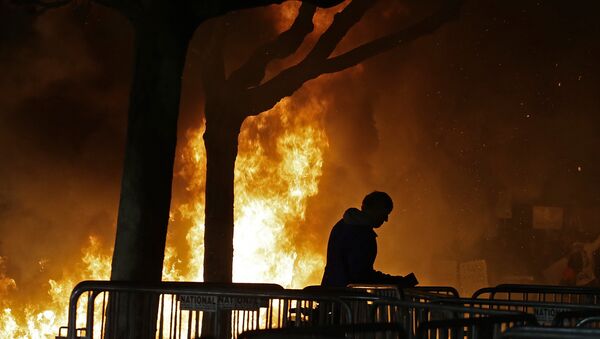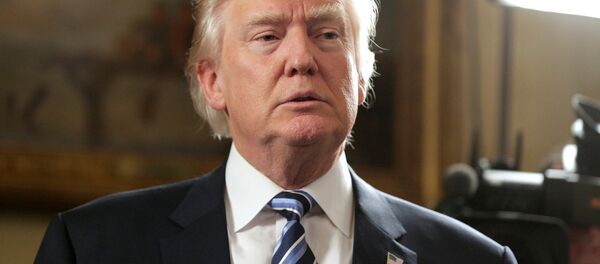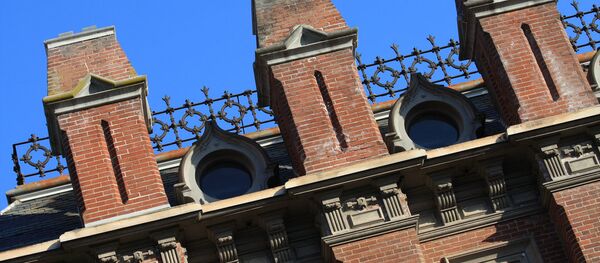UC Berkeley professor Robert Reich publicly speculated that he believed right-wing agitators may have been behind the ski masks. Reich claimed that there is a “possibility that Yiannopoulos and Breitbart were in cahoots with the agitators, in order to lay the groundwork for a Trump crackdown on universities and their federal funding.”
Immediately following Reich’s claims, one of the violent rioters, who had severely beaten a man who was attempting to attend the event, was identified as Berkeley employee Ian Dabney Miller. The university employee bragged about his violent assault in detail on Twitter, which he has since deleted.
Luckily, screenshots were taken before he removed his social media presence.
— Pave Darker☻☹☻ (@PaveDarker) February 3, 2017
It was confirmed by multiple news outlets that Miller works in advancement communications for the university.
The university rapidly issued a statement about Miller’s employment, writing, “we are aware of the allegations involving a member of the University’s workforce. Our campus police force is currently working with the FBI in an ongoing investigation of this matter.”
“Miller’s involvement with the protests seems to undercut the narrative that the violent riots were somehow an infiltration by secret right wingers in an otherwise peaceful protest to make the left look bad. Berkeley professor Robert Reich promoted this conspiracy theory, insinuating that Breitbart News, an outlet that Yiannopoulos works for, may have been involved in the riots to smear the protesters,” the Daily Caller wrote of the revelation.
On Tuesday, UC Berkeley Chancellor Nicholas Dirks, addressed the issue publicly for the first time, stating that he believes they came from outside the university.
“It’s very clear to us there was a group that came in from the outside. They had masks to obscure their identity, and they seemed to be carrying a variety of weapons,” Dirks said in an interview with KQED. “They were launching M-80s from some kind of projectile device. They were throwing some Molotov cocktails and they were very organized and they presented a threat to both the event and to the people who were lawfully assembled on Sproul Plaza, and to the people in the student union, of a kind we have not seen before.”
Dirks expressed his belief that if they had ordered mass arrests, the violence would have escalated.
“We’re a university. We’re not the National Guard,” he added.
The Chancellor went on to admit that, “at the moment, we actually don’t know who those masked individuals were. To the extent that we’ve been able to secure anecdotal information about this, we believe they were outsiders. Maybe there were some members of the community who were part of that. We will try to find out and we are looking into it at the present time.”
The group is perhaps best known for a 2016 incident in which they showed up to a rally held by the white-nationalist Traditionalist Workers Party outside the California state capitol building in Sacramento. The militant group was confrontational with the white-nationalists within minutes of arrival, and ten people were stabbed and hospitalized in a bloody fight. Police have verified through videos taken by members of the group, news organizations, and bystanders, that BAMN initiated the violence.
Black bloc is a common tactic used by far-left anarchists to make it difficult to identify violent protesters for prosecution, by making themselves indistinguishable from one another. While the tactic has been used in various parts of the world for decades, the first recorded use of black bloc tactics in the United States was at the Pentagon in 1988, during a protest calling for the US to stop supporting right-wing death squads in El Salvador. Since then, it has been a common movement at protests across the nation, picking up steam after the Occupy Wall Street protests swept across the country.





